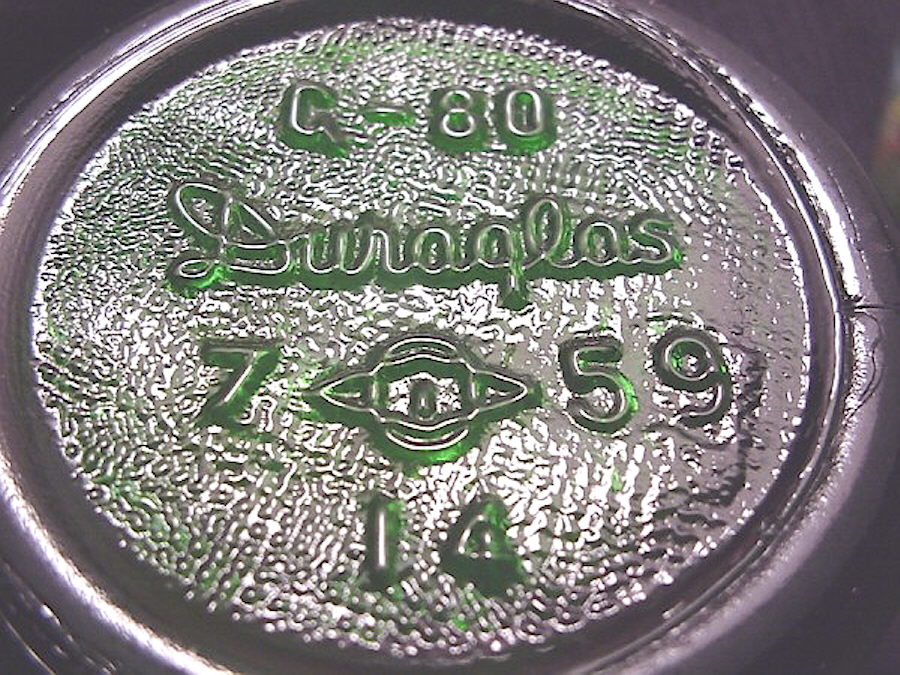surfaceone
Well-Known Member
- Joined
- Dec 9, 2008
- Messages
- 11,161
- Reaction score
- 25
- Points
- 0
"Stippled Glass - A type of textured glass characterized by round or oval protuberances" From http://www.albanyinstitute.org/education/archive/tiffany/tiffany.glossary.htm









